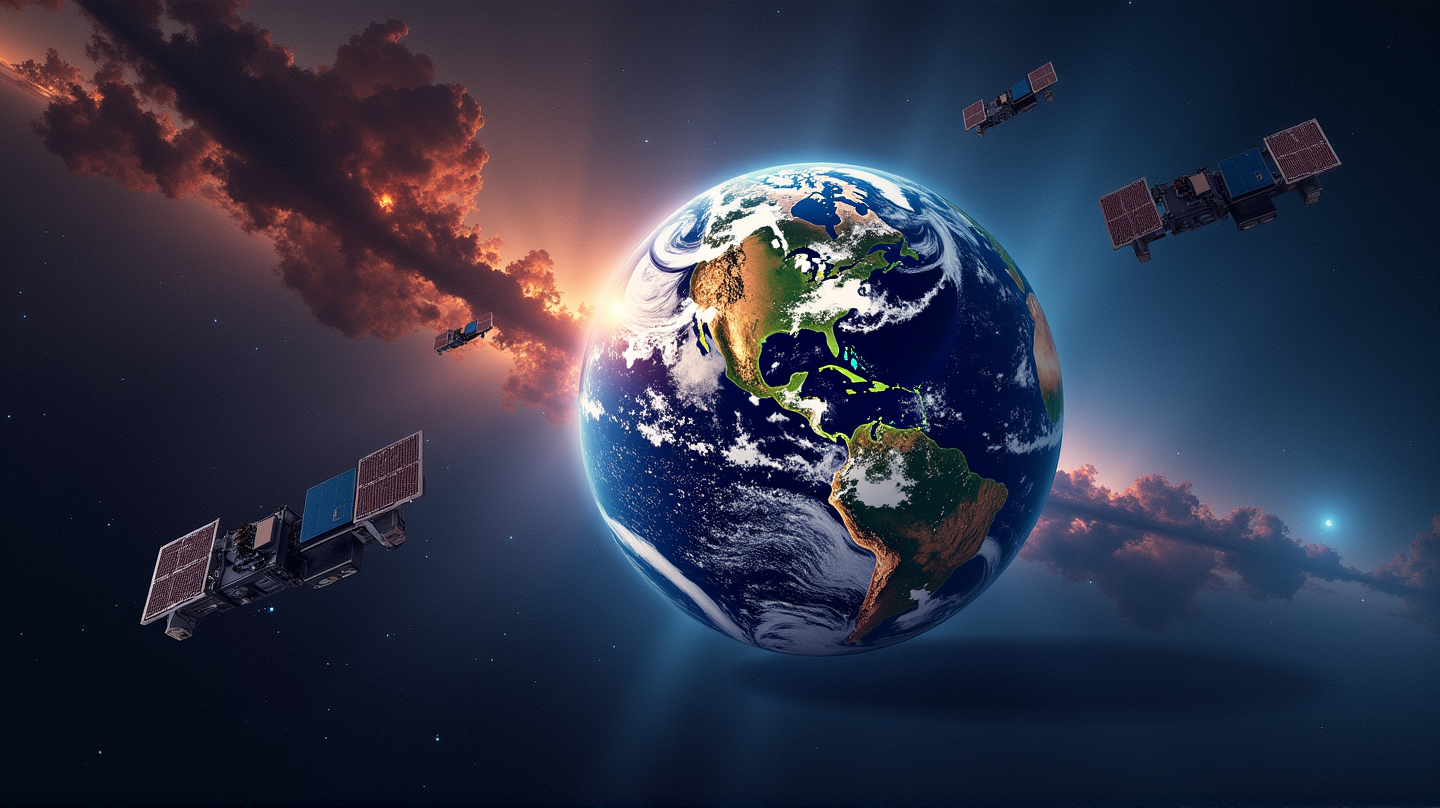In a remarkable display of international collaboration, the Indian Space Research Organisation (ISRO) and the National Aeronautics and Space Administration (NASA) are set to launch the NISAR satellite on July 30. This project marks the first-ever joint Earth observation satellite mission between the two space agencies and promises to pave the way for unprecedented advancements in understanding our planet.
Mission Overview
NISAR, an acronym for NASA-ISRO Synthetic Aperture Radar, is designed to provide critical data around the world for agriculture, forestry, and disaster management. With the ability to map changes in Earth’s surface at the millimeter level, NISAR’s data will empower researchers and policymakers to tackle challenges of land subsidence, coastline erosion, and more.
Technological Marvels
The satellite stands out with its dual-frequency radar technology, which will offer detailed, reliable images of Earth’s dynamic landscapes. This game-changing capability owes its success to cutting-edge radar systems manufactured by both NASA and ISRO, seamlessly integrated into a robust platform ready to orbit the Earth.
Launch Details
Scheduled for lift-off aboard the GSLV-F16 rocket from India, NISAR embodies the spirit of global teamwork. “The partnership between ISRO and NASA represents a milestone in space collaboration,” stated ISRO Chairman Dr. V Narayanan. As excitement builds, scientists around the globe eagerly await the satellite’s deployment and the wealth of information it will provide.
Implications for Earth Science
The insights gained from NISAR’s data have profound implications. From understanding the impact of climate change on croplands to monitoring changes in polar ice caps, the satellite will be a powerful tool in efforts to model Earth’s future amidst evolving environmental phenomena.
Global Collaboration
Remarkably, this venture underscores the necessity for global partnerships in the field of space exploration. By pooling resources and expertise, both NASA and ISRO exemplify how collaborative approaches can drive scientific discovery, pushing the boundaries of what humanity can accomplish.
According to LatestLY, the launch symbolizes a landmark achievement in international scientific collaboration and offers a glimpse into what future partnerships can achieve in advancing Earth observation technologies.
With anticipation building across scientific communities, NISAR’s launch heralds a new era of satellite-guided Earth observation. The countdown has begun, and on July 30, all eyes will be on the sky as this pioneering satellite embarks on its cosmic journey.
